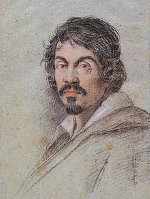 From September 20th to January 7th, the Neue Galerie will present “Ferdinand Hodler: View to Infinity.” This will be the largest New York exhibition to date of the renowned Swiss artist.
From September 20th to January 7th, the Neue Galerie will present “Ferdinand Hodler: View to Infinity.” This will be the largest New York exhibition to date of the renowned Swiss artist.
The exhibition will be curated by Jill Lloyd, an independent writer and curator who has worked with the Neue Galerie on numerous occasions. She assembled one of its more renowned exhibitions, “Van Gogh and Expressionism” back in 2007.
The Hodler exhibition will feature sixty-five paintings and twenty drawings from public and private collections. To round out its aesthetic appeal, Lloyd includes furniture by Josef Hoffmann that was designed for the Hodler apartment.
The display will provide examples of all major periods of his career and includes his most memorable series. In 1912, Hodler painted his lover, Valentine Godé-Darel, as a young and vibrant girl. A couple years later, after the birth of their child, she was diagnosed with gynecologic cancer. A series of paintings allow the viewer to follow her decline from vibrant youth to an agonizing death in 1915.
To help the viewer connect with the artist, the curators included forty-five photographs of Hodler which were taken by Gertrud Dübi-Müller. An illustrated catalogue will accompany the exhibition.








